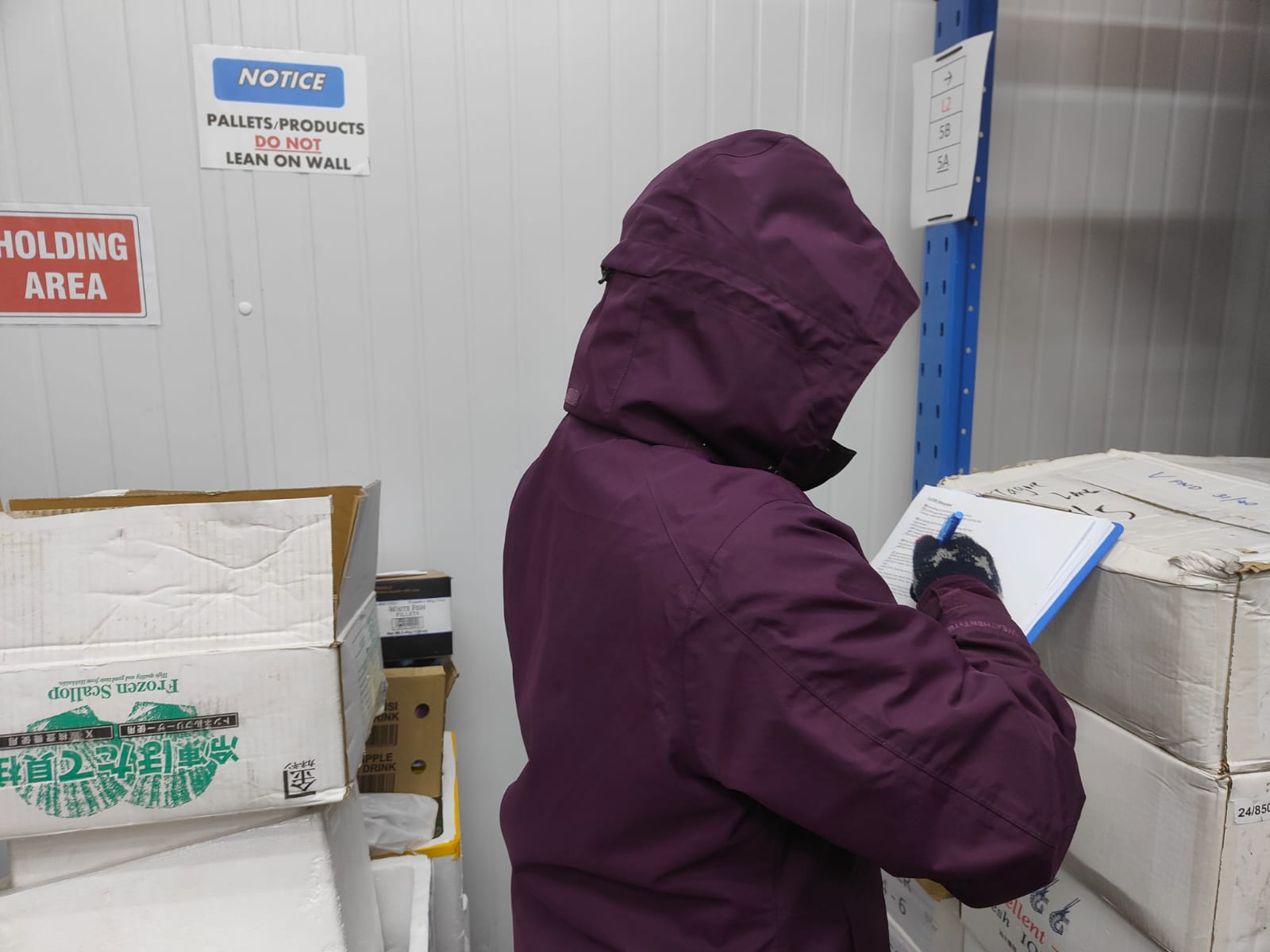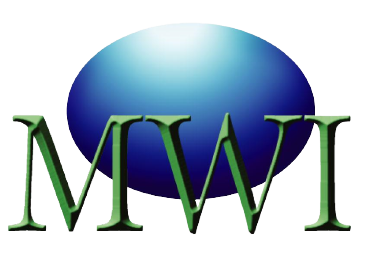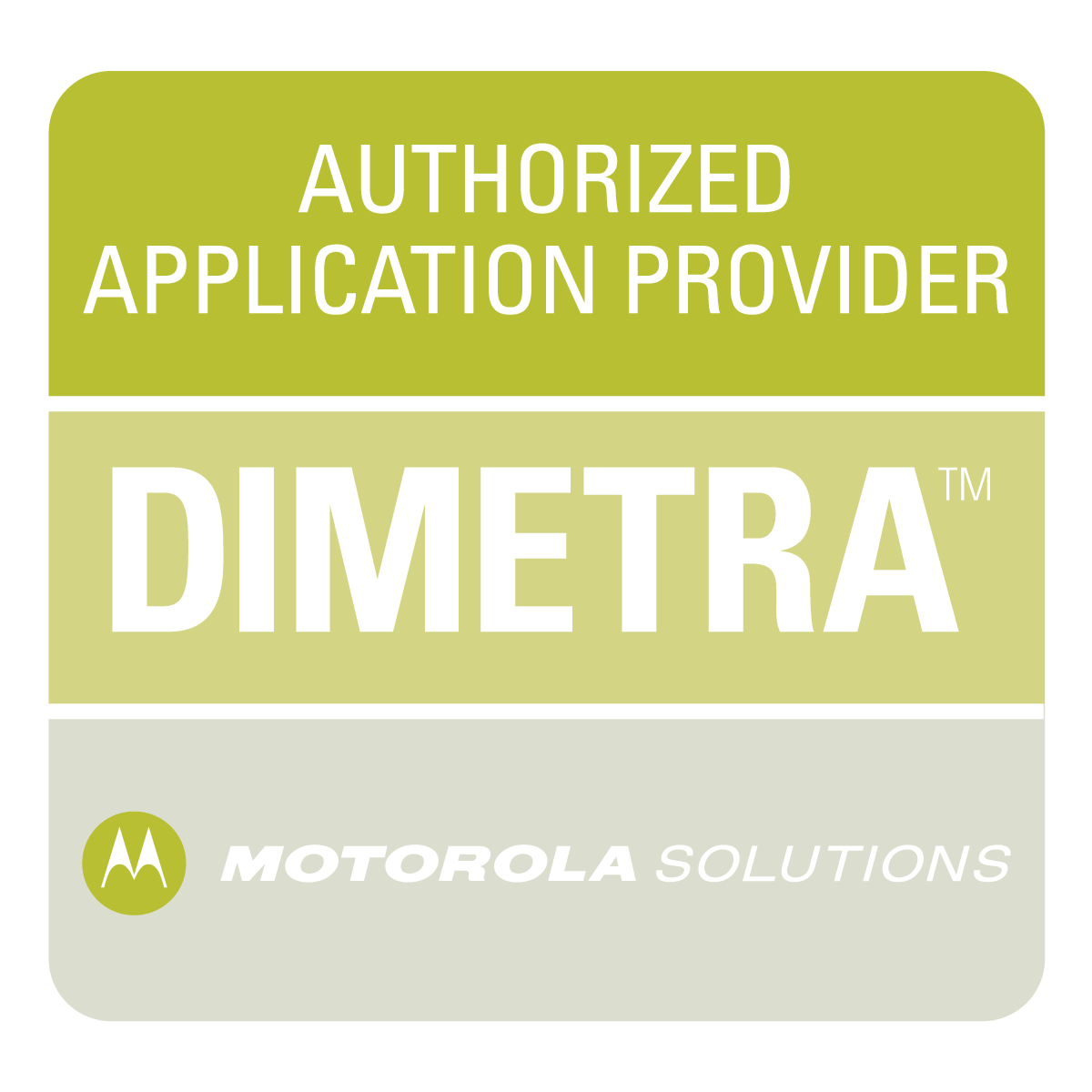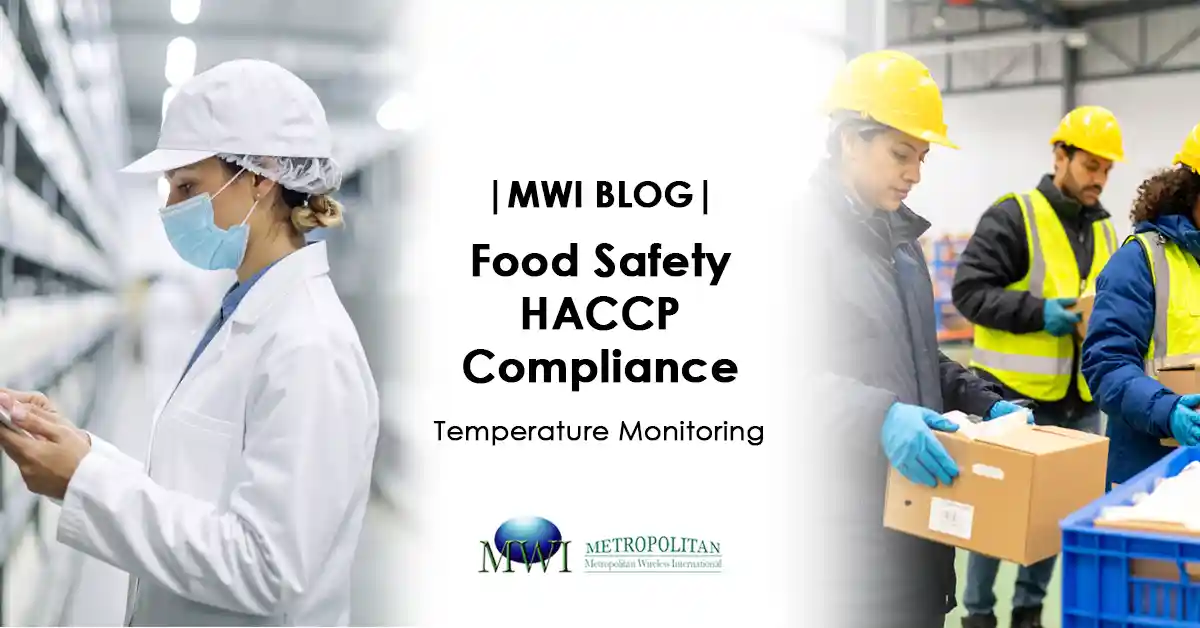For food businesses, safety isn’t just a priority — it’s a legal obligation. One of the most effective ways to ensure food safety and avoid contamination is by implementing HACCP (Hazard Analysis and Critical Control Points). At the heart of many HACCP compliance plans lies a simple but powerful tool: temperature monitoring.
In this article, we’ll explore how food businesses can meet HACCP requirements using modern temperature monitoring systems, and how digital tools like IoT sensors make compliance easier, more accurate, and audit-ready.
What Is HACCP?
HACCP is a systematic, preventive approach to food safety. Rather than relying on finished product inspection, HACCP focuses on identifying, evaluating, and controlling hazards throughout the entire food production process.
It’s built around seven core principles, one of which is monitoring critical control points (CCPs) — such as temperature thresholds for cooking, cooling, or storage.

Why Temperature Monitoring Is Critical to HACCP
Temperature is a critical safety factor in food handling, processing, and storage. When food is exposed to incorrect temperatures, it creates the perfect environment for bacterial growth — increasing the risk of spoilage or foodborne illness.
HACCP specifically requires that:
-
Critical temperature limits are defined
-
Temperature readings are taken at appropriate intervals
-
Deviations are identified and corrected immediately
-
Records are maintained for inspections and audits
Failure to maintain temperature logs can lead to:
-
Failed inspections
-
Product recalls
-
Loss of certification or licensing
-
Customer health risks
Manual Logs vs Automated Monitoring: What’s the Risk?
Many small food businesses still rely on manual temperature checks, which are:
-
Inconsistent and error-prone
-
Easily forgotten during busy shifts
-
Vulnerable to falsification or loss
-
Difficult to manage across multiple sites
Modern automated temperature monitoring systems solve these issues by offering:
-
24/7 real-time tracking
-
Instant alerts when temperatures go out of range
-
Digital logs for audits and reporting
-
Compliance with global food safety standards
How an IoT Temperature Monitoring System Helps with HACCP
IoT-based temperature monitoring systems (like those from ThermoCare) bring automation and intelligence to food safety operations. Here’s how they support HACCP compliance:
1. Real-Time Monitoring of Cold Storage
Sensors placed inside cold rooms, freezers, or chillers continuously record temperature data. If a freezer malfunctions or a door is left open, alerts are sent instantly — allowing staff to act before damage occurs.
2. Cloud-Based Data Logging
All temperature data is stored automatically in the cloud, eliminating the need for paper records or manual entry. You get access to:
-
Historical logs
-
Custom reports for audits
-
Traceability for every product batch
3. Configurable Critical Limits
Set your own temperature thresholds for different storage areas (e.g., -18°C for frozen, 0–4°C for chilled). The system flags deviations and logs every breach for review.
4. Audit-Ready Reporting
Download compliance reports with one click. Whether you’re preparing for an SFA inspection or a HACCP certification audit, you’ll have a complete, tamper-proof digital trail.
Use Case: HACCP in a Central Kitchen
Imagine a central kitchen preparing ready-to-eat meals for hospitals. They must ensure:
-
Cooked food is cooled to below 5°C within 4 hours
-
Chillers stay between 0–4°C at all times
-
Daily logs are kept for inspectors
With our system:
-
Wireless sensors track every fridge and blast chiller
-
Breach alerts go to supervisors via SMS and email
-
Logs are automatically saved, time-stamped, and exportable
This not only ensures compliance — it protects reputation and reduces food waste.
HACCP + Temperature Monitoring Checklist
Here’s what food businesses need to stay compliant:
| Requirement | Manual Method | IoT Monitoring System |
|---|---|---|
| Log storage temps 3x/day | Staff writes on sheet | Logged every 5 mins, 24/7 |
| Identify deviations | Staff notices manually | System sends real-time alerts |
| Maintain records for 1–2 years | Filing cabinet | Cloud dashboard & backup |
| Audit preparation | Time-consuming | 1-click export |
Why Choose Us for HACCP Compliance?
MWI’s smart temperature monitoring solution is designed for food safety and regulatory compliance.
Key Features:
-
Wireless sensors with long battery life
-
Cloud-based dashboard for all your sites
-
WHO and HACCP-ready reporting
-
Integration with your SOPs
-
24/7 support and onboarding
✅ Trusted by food manufacturers, cold chain distributors, and central kitchens across Southeast Asia
Other Blogs
Food Storage
Medical Storage
IT Equipment
Server room temperature & humidity monitoring


